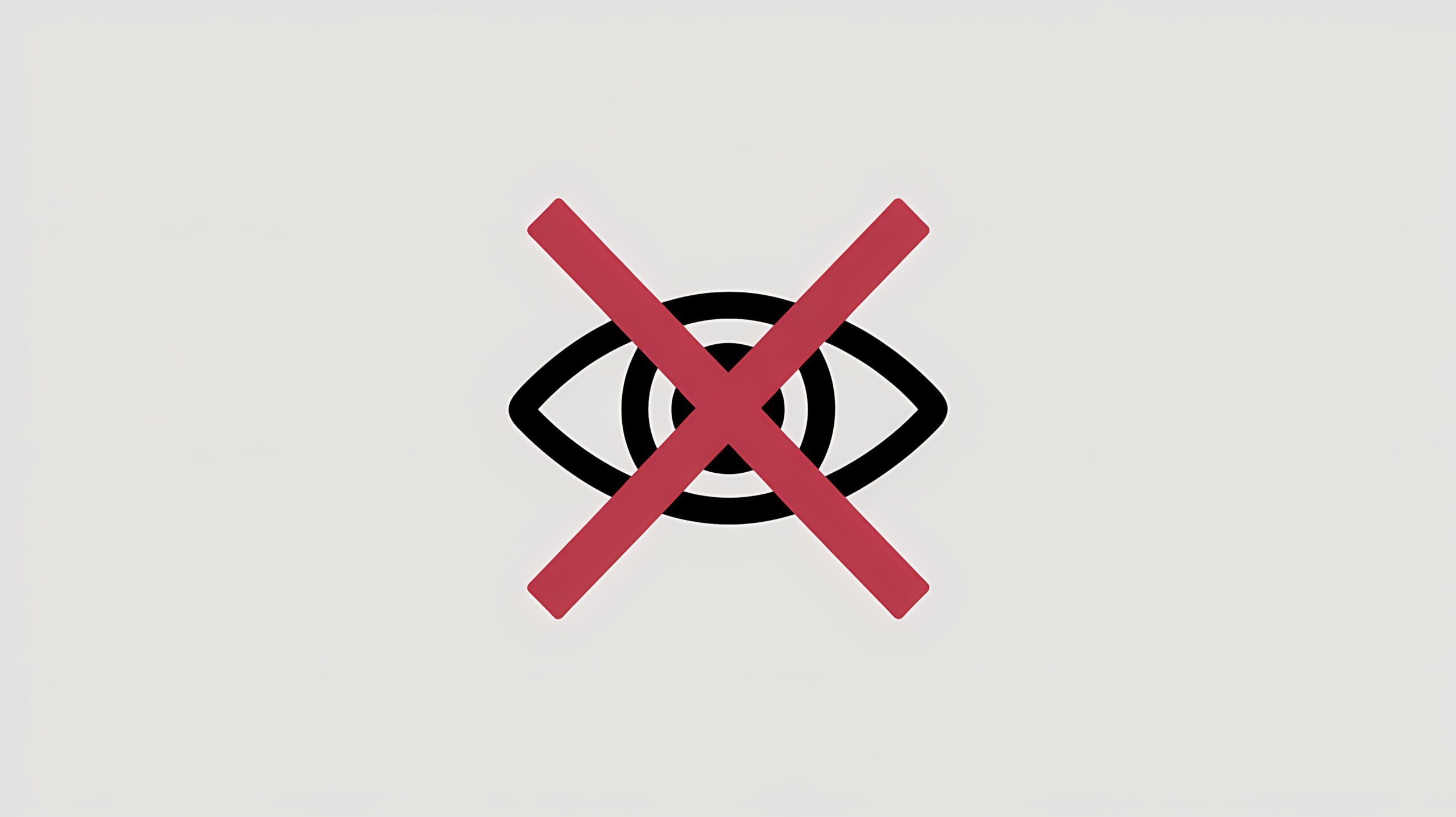Why Google’s ‘Sensitive Content’ Labels Are Hurting Professional Profiles

Google’s Sensitive Content labels protect users from harmful or private material by using sensitive content warning detectors to flag potentially inappropriate images, videos, or text. However, in the workplace, these labels do more than just block offensive content — they affect reputations, limit opportunities, and create confusion about someone’s professionalism.
In today’s job market, online visibility matters more than ever. A mislabeled document or file can change how colleagues, managers, or potential employers perceive you. This article explains what these sensitive content warnings are, why they’re controversial, and how they harm professional profiles.
What Are Google’s ‘Sensitive Content’ Labels?
Google uses sensitive content warnings in Google Workspace services like Drive, Docs, Gmail, and Messages to detect content that may contain nudity, offensive images, videos, or private information. When the system detects such content, it applies a warning before displaying it.
The goal is to:
- Stop unauthorized access to private data.
- Help companies comply with privacy laws like GDPR, CCPA, and HIPAA.
- Reduce the risk of data leaks across devices and shared files.
These warnings trigger automatically, based on Google’s algorithms and security settings. In theory, this system protects users from exposure to harmful or sensitive material. In practice, it doesn’t always work that way.
Why Are These Labels Controversial?
The biggest problem lies in context. Sensitive content warnings often apply without understanding why the material exists or who it’s intended for. A flagged document could be a legitimate work file, a legal record, or an HR report — all safe for internal viewing but treated like a security risk.
Critics argue that the system:
- Label content without enough human review.
- Creates unnecessary barriers for legitimate work.
- Adds stigma to the people who work with flagged material.
These issues hurt productivity, slow projects, and damage trust between teams.
Who Is Most Affected?
These labels impact anyone, but they affect people who regularly handle sensitive data the most:
- Healthcare workers managing patient records.
- Financial professionals working with client data.
- HR staff reviewing employee files.
- Researchers handling data with personal details.
When these professionals link to flagged content — even when it forms part of their job — it creates an unfair impression that they pose a security risk.
How Can This Hurt Professional Profiles?
1. Negative Impact on Reputation
Being linked to sensitive content makes colleagues or managers cautious. Even if you follow every policy, the warning alone creates doubt.
2. Lost Opportunities
Employers often overlook employees who are frequently flagged for promotions, projects, or leadership roles. Decision-makers see them as higher risk, even when that’s not true.
3. Stigma and Isolation
Flagged employees sometimes feel singled out. This situation lowers morale, discourages collaboration, and damages team relationships.
Arguments Against the Current Labeling System
- Lack of Context
The labels don’t explain why something is flagged. Without context, a file with legitimate business purposes appears suspicious. - Inconsistent Application
Some material gets flagged while similar content doesn’t. This inconsistency confuses users and undermines trust in the system. - Potential Bias
If certain roles or departments are flagged more frequently, it can lead to unfair treatment or discrimination.
How Could Google Improve Sensitive Content Labels?
- Add Context: Show why a file received a flag and who can still view it.
- Allow Reviews: Let users submit requests for quick human reviews to remove incorrect labels.
- Train Users: Provide clear guidance and resources on warning triggers and handling procedures.
- Use Consistent Standards: Apply rules evenly so one team doesn’t face more scrutiny than another.
Are There Alternatives to These Labels?
Some companies explore other options:
- Content Warnings instead of hard blocks — alert users but let them decide.
- User-Controlled Filters — let individuals adjust what content hides by default.
- Age or Role-Based Restrictions — limit access based on position, not blanket rules.
These alternatives give viewers more control, reduce stigma, and still maintain security.
Final Thoughts
Sensitive content warnings aim to protect, but in the workplace, they cause unintended consequences. When applied without context or review, they harm reputations, block opportunities, and undermine trust.
Better transparency, human review, and user control could make the system fairer and more effective — protecting both data and the people who work with it.
If you find this information helpful, please provide feedback or scroll through related resources to learn more about managing sensitive content in your organization.


